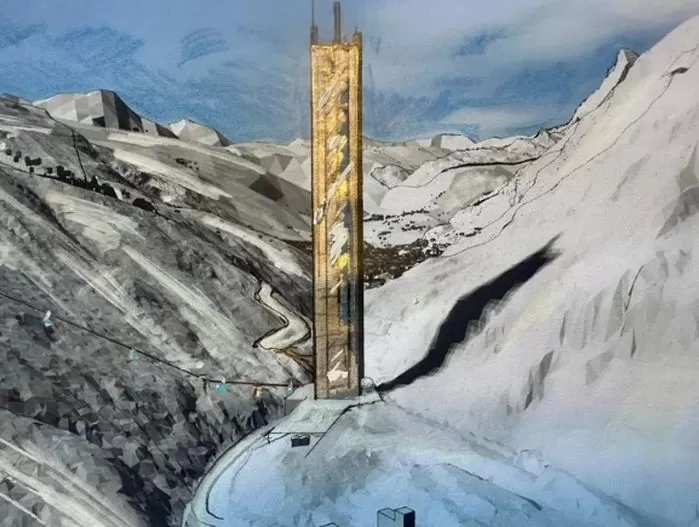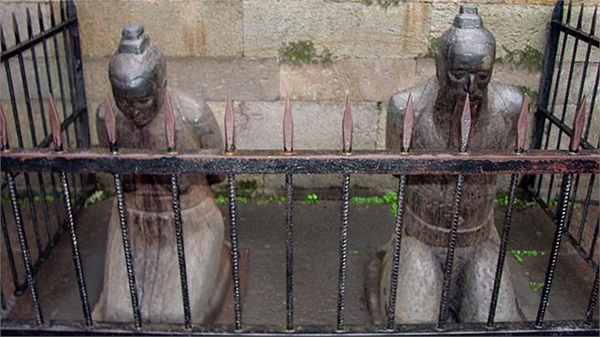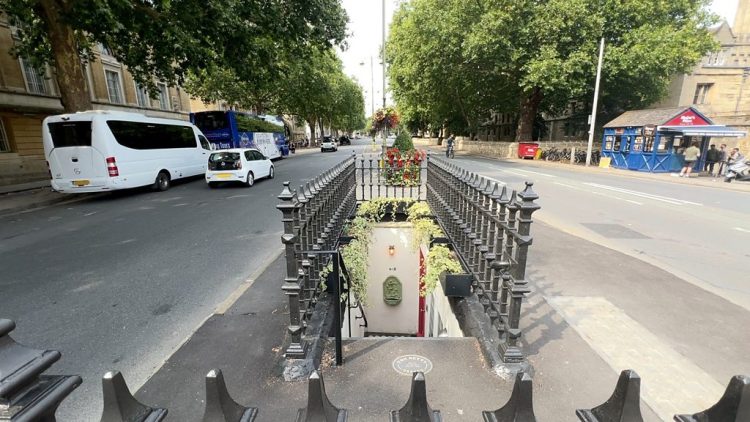Built according to the “Bagua”, or the Eight Trigrams used in Taoist cosmology, Tekesi County has a unique and eye-catching layout that allegedly renders traffic lights obsolete.
Bagua represents the fundamental principles of reality, seen as a range of eight interrelated concepts. It is a complex concept of Taoist cosmology which also has correspondences in astronomy, geography, anatomy, martial arts, medicine, and other disciplines. It’s also an essential tool in the majority of Feng Shui schools, used to map a room or location and see how the different sections correspond to different aspects in one’s life. But one thing the Bagua isn’t really used for is city planning; with one notable exception – Tekesi County, a city of 150,000 people in Northwest China’s Xinjiang Uygur autonomous region.

Tekesi County was founded in 1937 and quickly became famous because of its unique layout. The center of Tekesi Bagua City, as the settlement is sometimes referred to, radiates out onto eight streets and is connected by four ring roads that expand from the center to the city’s edge.

Photo: Lovepik
With aerial photography and even aerial tourism becoming increasingly popular in recent years, Tekesi County has become very popular with tourists who first learn about its one-of-a-kind layout online and then travel there to see it in person. Since 2014, local authorities have been offering aerial tours of the city.

The four ring roads of Tekesi County connect a total of 64 streets, each of which has different-colored streetlights, which only adds to the visual appeal of the city.
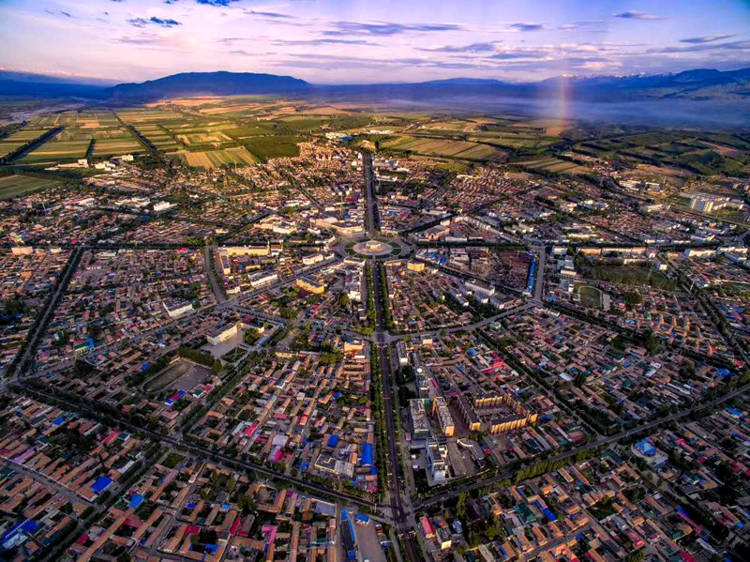
Apart from its stunning layout, Tekesi Bagua City is also famous for its lack of traffic lights. According to most sources, they were all removed in 1996, because there was simply no need for them. With most Chinese urban centers unable to function without traffic lights, Tekesi became somewhat of a fascinating oddity.
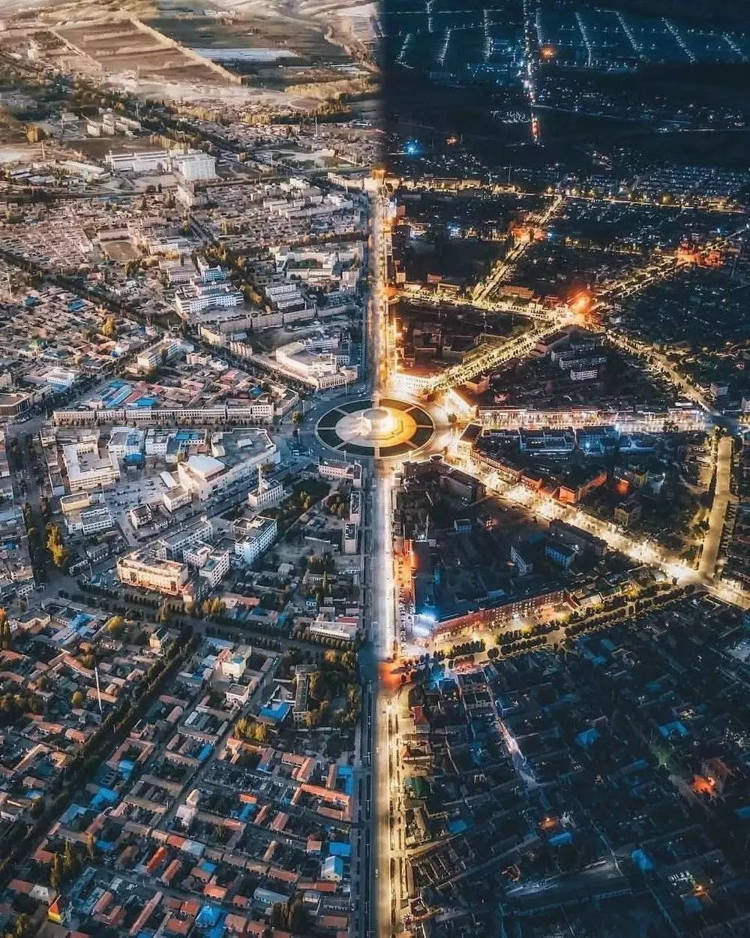
Although most sources will credit the ingenious Bagua layout for rendering traffic lights obsolete, according to a more recent CCTV report on Xinjiang’s unique county, the increasing number of private vehicles in the city has been putting a strain on local infrastructure, with traffic police officers almost always present at intersections to ensure traffic runs smoothly.
Interestingly, while Tekesi County technically has no traffic lights, that only refers to fixed ones. That same CCTV report we mentioned above claims that the city sometimes relies on mobile traffic lights to keep busy road sections from clogging up. Still, officially, Tekesi is a traffic light-free city, simply because that is one of the main things that attracts tourists here.


